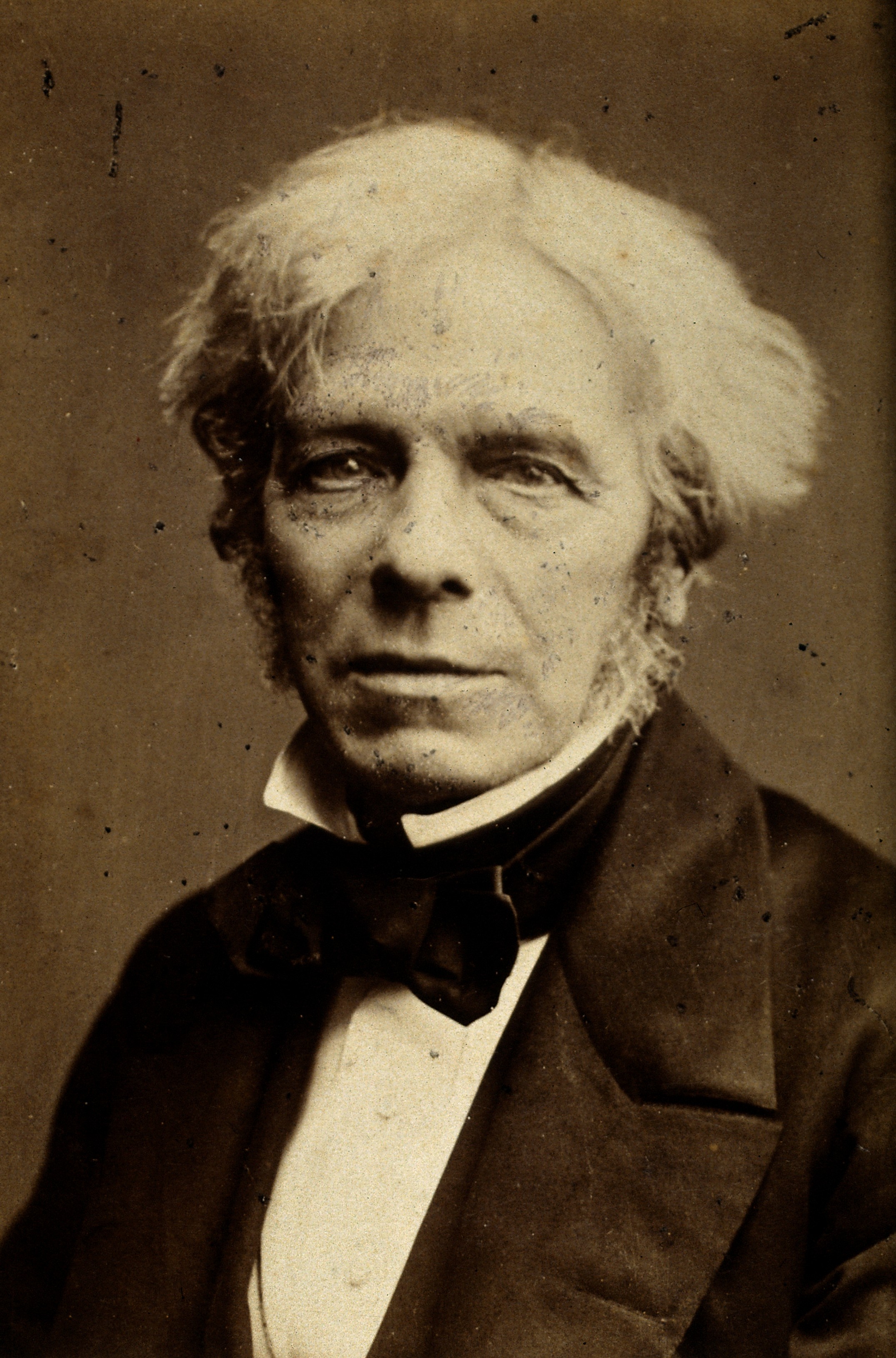
Environmental & Science Education
STEM
Cosmology
Astronomy
Nature of Science
History of Science
Edward Hessler
I'd forgotten about the videos produced by One Minute Physics or perhaps I should say, videos that are sometimes just about or slightly over, sometimes even longer than a minute. But all worth it.
This one, on magnetic fields is especially good and features the contributions of two scientists whose work was about the workings of the universe: Michael Faraday and James Clerk Maxwell. (Clerk = Clark in Scots speak.)
Faraday, originally a budding bookbinder was a keen observer and immensely curious about the natural world--the physical side. While from a poor family ultimately he ended up as a demonstrator and experimentalist at the Royal Institution. (click on our history if you are interested in Faraday's role). He was non-mathematical. Maxwell, on the other hand,was a gifted mathematician who took the careful observations Faraday made and used them to build powerful, explanatory equations. I should add that Maxwell was not as good an analyst as a geometer and his famous equations developed from faulty analytic arguments.
The video is about 5 minutes long and worth every minute. The narrator is Neil Turok who directs the Perimeter Institute in Canada, a home for talented theoreticians.
This work provides a glimpse into how science works, e.g., Maxwell's equations don't pop from the air. They are based in empirical data.
I remember a comment a physicist once made on his first encounter with Maxwell's equations as a graduate student. He almost left his Ph.D. program, thinking that if this is what was expected of him as a graduate student that he should quit. He realized that he was not capable of making this kind of contribution. Few are. He stuck to it and became a good physicist.

No comments:
Post a Comment